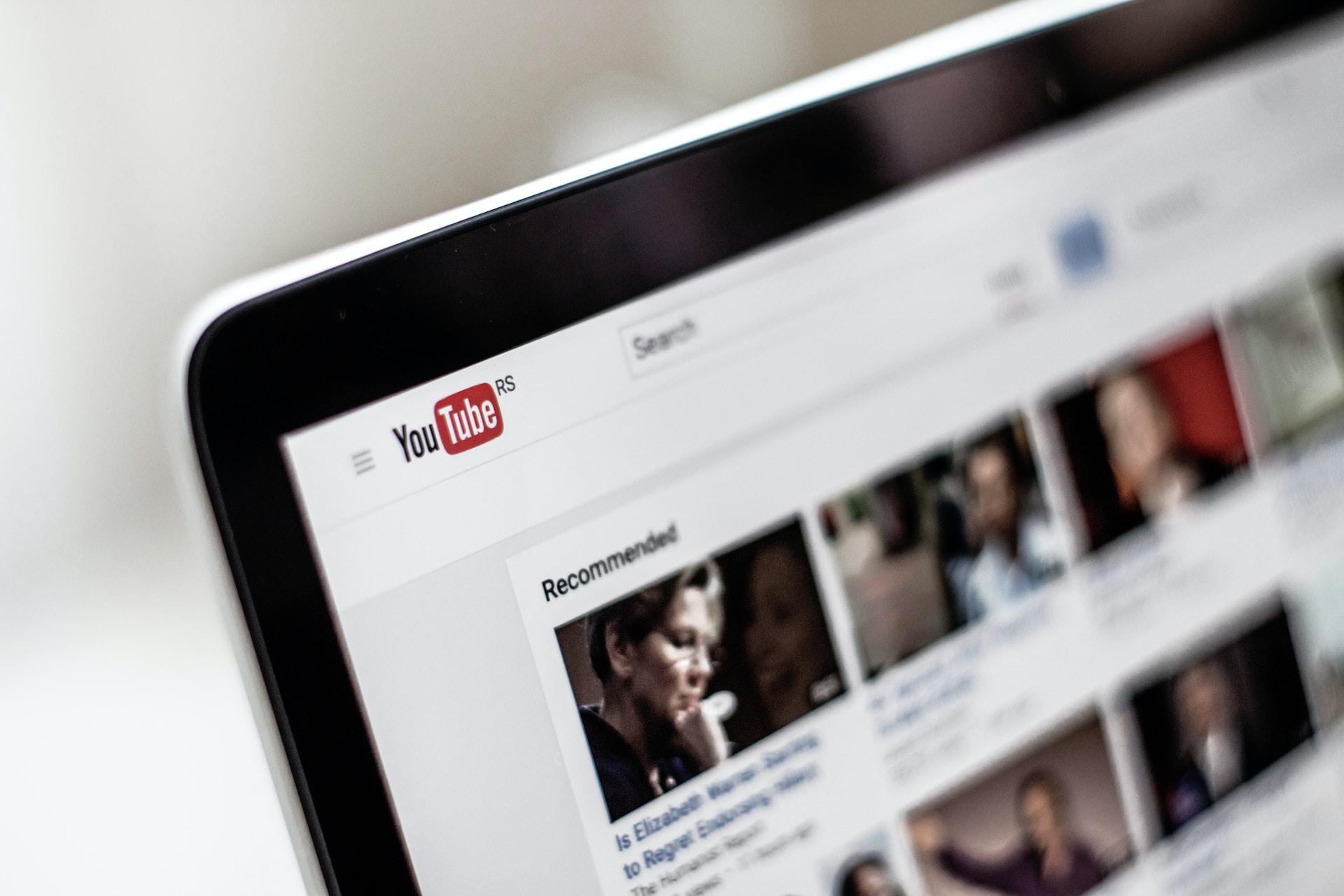The mobile app market is extended to be worth $407 billion by 2026, and there are currently more approaches to monetize your app than any other time imaginatively. Mobile marketers must discover approaches to improve and broaden their app /website monetization techniques to contend in a competitive market, so it’s basic for app marketers to remain refreshed about the most famous monetization strategies and what’s in store later on. This article covers app monetization patterns for 2021, how they work, and forecast desires for app plans of action in the short term.
App Monetization: Important trends
1. In-app advertising
In-app advertising is the arrangement of advertisements inside your app – and it’s a critical piece of the app monetization environment. As indicated by Statista, mobile promotion spending added up to $190 billion out of 2019 – and that figure is required to improve to more than $280 billion by 2022. In-app advertising as a monetization model is important for all verticals and offers a few manners by which you can get paid for displaying promotions to your users.
2. Freemium/subscription monetization displaying
Numerous apps offer a freemium service, whereby users can download the app for nothing and appreciate the usefulness of ads. Users are probably not going to buy an app they’ve never attempted, so it’s a well-known decision to execute a freemium service with the goal that users can try your app before focusing on a subscription. When providing a freemium service, you can show your value to the user and persuade them that your product is worth their money. The freemium model will probably stay mainstream since it’s a lot simpler to get users when your app is free. Also, users who don’t buy into your top-notch service can, at present, be monetized with in-app ads.
They also choose to eliminate advertisements (and quite a few different advantages) through this model. A Sensor Tower report shows that U.S. income for the best 100 subscription apps developed by 21% in 2019, expanding from $3.8 billion to over $4.6 billion. Spotify is a notable case of this model.
3. In-app Purchases
In-app purchases are fundamental to numerous mobile apps: 95 percent of all Google Play Store apps are free, depending on monetization techniques; for example, in-app purchases earn income. Users are burning through $380 billion worldwide on in-app buys, making it an extraordinary method to help your app’s earnings.
For mobile games, in-app buys can be segmented into two categories: consumables and non-consumables. Consumables are brief, for example, in-game currency, while non-consumables just should be bought once. A case of a non-consumable in-app buy is to open a level.
In-app buys aren’t restricted to mobile games – social media app Reddit effectively made an in-app currency called Reddit Coins. The organization’s legitimate site depicts this as “a virtual decent you can use to grant excellent posts or comments.” Reddit additionally depends on brand reliability with the end goal for users to put resources into in-app buying, expressing that Reddit Coins will “urge your number one supporters to continue making Reddit much better.”
App monetization future
Besides following the latest trends in in-app monetization, it’s fundamental to look forward to potential patterns that will influence the market in the short term. Here are a couple of app trends and monetization strategies that should be on every marketer’s radar.
Numerous income sources will turn out to be progressively significant
It’s smart to have a few manners by which your app can be monetized. Not exclusively would this be able to go about as a safety net, it likewise permits user inclination to direct how your app is used. The issue numerous apps face is that only a certain percentage of their audience contributes fiscally. A report by app testing firm Swrve uncovered that 2.2 percent of gamers spend on an app, while 46 percent of all income came from the most elevated burning through 10% of that gathering. Enhancing your monetization model methods, you are less dependent on a little gathering of essential users, expanding app income, and building a more effective by and large monetization procedure:
In-app bidding implies more competition for ad space with the goal that their advertisers are all the while bidding against each other.
In-app bidding is a modern method to sell a publisher’s ad space. The essential guideline is to have advertisers offered at the same time against one another for that inventory. In the last year, the count of apps utilizing bidding with Facebook Audience Network has grown seven times more. As indicated by DigiDay, in-app bidding outcomes in the middle of 13 and 27 percent elevate average income per day dynamic user. It is pushing mobile games programmers, for example, Game Insight, to sell a more significant amount of their ad space using in-app bidding: the organization presently runs 95 percent of its ad space on in-app bidding. As this turns out to be more typical, in-app bidding will offer each request source a chance to win the impression – permitting publishers to get the best cost for their ad space.
The growth of augmented reality
During Apple’s first-quarter profit call for 2020, Apple CEO Tim Cook stated, “You infrequently have another innovation where business and shopper both consider it to be critical to them. That is the explanation I think [augmented reality] will overrun your life.” As augmented reality (AR) becomes more typical in the mobile app industry, marketers will be searching for approaches to monetize apps that use AR. Niantic’s Pokemon GO is an extraordinary case of how AR apps can monetize with in-app buys: the app’s in-game shop permits users to buy in-game products utilizing ‘PokéCoins,’ which you can likewise acquire by playing the game.
Another case of effectively earning income with AR is IKEA Place. It is a free app from IKEA that permits users to superimpose IKEA items into their household. It gives users a solid sign regarding how everything will look, giving users more trust in their buys before appearance. IKEA Place was assembled utilizing Apple’s AR system ARKit and quickly turned into the second-most famous free app fabricated using that structure.
It’s likewise essential to coordinate social media platforms with your app. It makes it simpler for users to share settings identified with your game, for example, a high score on their social media account. It is a free presentation for your app and is another approach to fabricate a network for your game. Incorporating social media platforms into your app also implies that you can break down patterns and remain in front of your rival.
You likewise need to consider influencer marketing as a piece of your general technique: 65 percent of influencer promoting financial plans are relied upon to have expanded in 2020, and 17 percent of organizations are spending over a large portion of their advertising spending plan on influencers. The current expansion in DAU on gaming platforms, for example, Twitch likewise makes influencer promoting a critical method to advertise your app in 2020.
Utilizing automation to smooth out marketing execution
68% of organizations are utilizing automation somehow or another. This figure will improve as automation tools become more advanced – and marketers learn manners by which they can be valuable to their campaign management. It empowers mobile marketers to enhance their undertakings by designating humble assignments and permitting more data investigation and procedure opportunities.
To Conclude
There is an explosion of free apps, and the revenues are very much dependent on scale. Whereas in-app purchases are proliferating, and it has an often democratized market. But, the paid downloads are not doing that well with users across the platforms; still, it will attract a major chunk of app revenues in the future.
So, as a whole, app monetization strategy is an amazing opportunity for app developers to reach new markets, which will open new additional revenue streams.









